What Is THC Tolerance? Everything You Need to Know in 2025
If you've been consuming cannabis for any length of time, you've likely noticed something frustrating: what once gave you the perfect high now barely makes a dent. You're not imagining it, and you're definitely not alone. Welcome to the world of THC tolerance, one of the most common challenges facing both recreational and medical cannabis users in 2025.
This comprehensive guide dives deep into everything you need to know about THCa and THC tolerance, including the latest scientific research, practical management strategies, and exciting developments in the cannabinoid space that are changing how we approach tolerance in 2025. Whether you're a daily consumer noticing diminishing returns, a medical patient concerned about escalating doses, or simply curious about how cannabis affects your body over time, this guide has you covered.
We'll explore the fundamental science behind tolerance, break down the difference between THCa tolerance vs THC tolerance, and provide actionable strategies for managing and resetting your tolerance. By the end of this article, you'll understand not just why tolerance happens, but how to work with your body's natural processes to maintain an effective, sustainable relationship with cannabis.
What Is THC Tolerance?
THC tolerance is your body's adaptive response to repeated exposure to tetrahydrocannabinol (THC), the primary psychoactive compound in cannabis. Simply put, tolerance means you need increasingly larger doses of THC to achieve the same effects you once experienced with smaller amounts. This isn't a personal failing or weakness—it's a normal physiological adaptation that occurs with many substances that interact with our nervous system.
Understanding Tolerance vs. Dependence
It's crucial to distinguish tolerance from dependence. Tolerance is a pharmacological phenomenon where your body adapts to a substance's presence, requiring more to achieve the same effect. Dependence, on the other hand, involves physical or psychological reliance on a substance, often accompanied by withdrawal symptoms when use stops. You can develop tolerance without dependence, though heavy, prolonged use may lead to both.
The Endocannabinoid System: The Foundation
To understand THC tolerance, you must first understand the endocannabinoid system (ECS). This complex cell-signaling system exists throughout your body and plays a crucial role in regulating various functions including mood, memory, appetite, sleep, and pain sensation. The ECS consists of endocannabinoids (cannabinoids your body produces naturally), receptors (primarily CB1 and CB2), and enzymes that break down cannabinoids.
When you consume cannabis, THC binds primarily to CB1 receptors concentrated in your brain and central nervous system. This interaction produces the characteristic "high" along with various therapeutic effects. However, repeated exposure causes your body to adapt in predictable ways.
THCa vs Activated THC in Tolerance
Here's where things get interesting for 2025 consumers: understanding the difference between raw THCa tolerance and activated THC tolerance can be a game-changer for tolerance management.
THCa (tetrahydrocannabinolic acid) is the raw, non-psychoactive precursor to THC found in fresh cannabis plants. In its raw form, THCa doesn't produce a high because it doesn't fit effectively into CB1 receptors due to its molecular structure. Only when exposed to heat through smoking, vaping, or cooking does THCa undergo decarboxylation, losing a carboxyl group and transforming into the psychoactive THC we're familiar with.
This distinction matters tremendously for tolerance. Since non-psychoactive THCa tolerance develops differently than activated THC tolerance, many users in 2025 are incorporating raw THCa products into their routines as a strategic tolerance management tool.
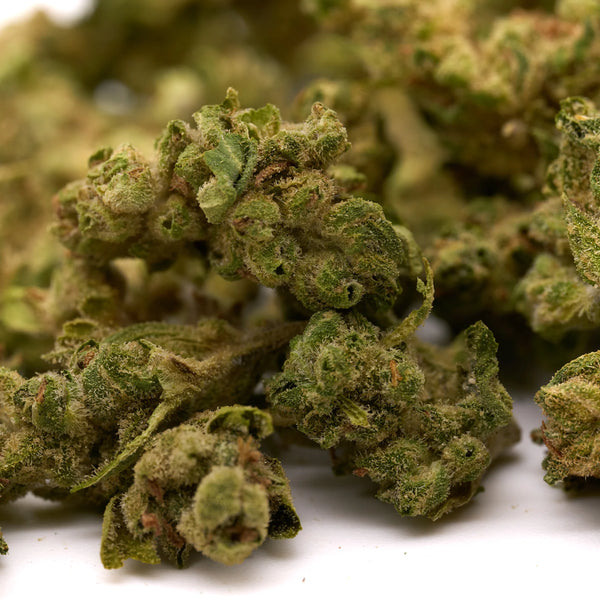
The Science Behind THC Tolerance
CB1 Receptor Mechanisms
The primary mechanism driving THC tolerance involves changes to CB1 receptors. When THC repeatedly binds to these receptors, your body responds through two main processes: downregulation and desensitization.
Downregulation refers to a decrease in the number of available CB1 receptors. When exposed to high levels of THC consistently, cells begin to internalize these receptors, removing them from the cell surface. Think of it as your body's way of protecting itself from overstimulation. With fewer receptors available, the same amount of THC produces a weaker response.
Desensitization occurs when receptors remain on the cell surface but become less responsive to THC binding. The receptor changes shape or its internal signaling mechanisms become less efficient, requiring more THC molecules to produce the same downstream effects.
Latest 2025 Research Findings
Recent studies published in 2025 have shed new light on tolerance development. Research from the Journal of Cannabis Research reveals that tolerance develops along a spectrum rather than uniformly. Different aspects of THC's effects may develop tolerance at different rates. For instance, cognitive impairment tolerance develops relatively quickly, while pain relief effects may maintain effectiveness longer.
Furthermore, 2025 studies on THCa molecular structure and receptor binding have revealed fascinating insights. The carboxyl group on THCa molecules prevents tight binding to CB1 receptors, which explains both its non-psychoactive nature and its potential as a tolerance management tool. When you consume raw THCa, you're accessing cannabinoid benefits without triggering the same receptor adaptations that lead to tolerance.
Neuroimaging studies using advanced PET scanning technology have also confirmed what users have long reported: after just a few days of abstinence, CB1 receptor density begins returning toward baseline levels, with near-complete recovery typically occurring within two to four weeks for most users.
How THC Tolerance Develops
Timeline from First Use
Tolerance doesn't develop overnight, but it happens surprisingly quickly compared to many other substances. Here's a typical progression:
Days 1-3: First-time or occasional users experience full effects from relatively small doses. CB1 receptors are at normal density and fully responsive.
Week 1-2: Daily users begin noticing subtle decreases in effect duration and intensity. Receptor desensitization begins as cells adapt to regular THC exposure.
Weeks 3-4: Noticeable tolerance emerges. Users require 25-50% more product to achieve previous effects. Downregulation is now occurring alongside desensitization.
Months 2-3: Significant tolerance for heavy users. Some report needing 2-3 times their original dose. The distinction between THCa consumption tolerance and activated THC tolerance becomes more apparent.
Long-term (6+ months): Plateau effect where tolerance stabilizes but remains elevated. At this point, THCa products tolerance management strategies become essential for sustainable use.
Factors That Speed Up Tolerance Development
Several variables influence how quickly tolerance develops:
- Frequency of use: Daily use, especially multiple times daily, accelerates tolerance dramatically
- Dosage: Higher doses create more intense receptor exposure, speeding adaptation
- Consumption method: Methods delivering higher THC concentrations (like dabs or high-potency vapes) often lead to faster tolerance
- Individual physiology: Genetics, metabolism, and baseline ECS function vary between individuals
- Product potency: The rise of ultra-high-THC products in recent years has made tolerance development faster than ever
The Role of Decarboxylation in Tolerance
Understanding decarboxylation THCa tolerance relationships opens new strategies. When you consume THCa flower THC tolerance patterns differ based on how you activate it. Smoking or vaping causes instant decarboxylation, creating immediate psychoactive effects and contributing to tolerance. However, consuming raw THCa through tinctures, juices, or capsules bypasses this activation, potentially offering therapeutic benefits without accelerating tolerance to psychoactive effects.
Types of Tolerance
Pharmacodynamic Tolerance
This is the most significant type for cannabis users. Pharmacodynamic tolerance involves changes at the receptor level—the downregulation and desensitization we discussed earlier. This tolerance directly affects how intensely you feel THC's psychoactive effects.
Metabolic Tolerance
Also called pharmacokinetic tolerance, this involves your body becoming more efficient at breaking down THC. Your liver enzymes, particularly CYP2C9 and CYP3A4, may increase their activity with repeated exposure, metabolizing THC faster and reducing the duration of effects. While metabolic tolerance plays a role, it's generally less impactful than pharmacodynamic tolerance for cannabis.
Behavioral Tolerance
Sometimes called learned tolerance, this occurs when you become more accustomed to functioning while under THC's influence. Regular users often develop coping strategies and adaptations that make impairment less noticeable, even without physiological changes. You might "feel" less high simply because you've learned to navigate your environment while elevated.
Cross-Tolerance with Other Cannabinoids
Fascinating research in 2025 explores cross-tolerance between cannabinoids. Since THC and other cannabinoids interact with similar receptor systems, tolerance to one may affect sensitivity to others. This is where understanding THCa vs delta-9 tolerance becomes valuable. Some users report that switching between different cannabinoid profiles, including THCa rich strains tolerance patterns, can help manage overall tolerance.
Signs and Symptoms of THC Tolerance
Recognizing tolerance early allows for proactive management. Watch for these indicators:
Need for Higher Doses
The most obvious sign: your usual dose no longer produces expected effects. What once was a perfect amount now feels underwhelming, prompting you to consume more to reach desired effects.
Shorter Duration of Effects
Effects that once lasted several hours now fade within 60-90 minutes. This particularly affects edible consumers, who may notice dramatically shortened experiences.
Reduced Intensity
Even when consuming larger amounts, the peak experience feels muted. Colors seem less vibrant, music less engaging, physical relaxation less profound, or medical symptom relief less complete.
Self-Assessment Checklist
Ask yourself these questions:
- Have you increased your dosage by 50% or more over recent months?
- Do effects wear off significantly faster than when you started?
- Do you consume cannabis multiple times daily to maintain desired effects?
- Have you switched to higher potency products to feel anything?
- Do you experience minimal effects from amounts that would overwhelm a less frequent user?
- Has your budget for cannabis products increased substantially?
If you answered yes to multiple questions, you likely have significant tolerance. This might be the perfect time to explore activated THCa tolerance effects and management strategies.
Health Implications
Is Tolerance Harmful?
The good news: THC tolerance itself isn't inherently dangerous. Unlike tolerance to substances like alcohol or opioids, cannabis tolerance doesn't create life-threatening withdrawal symptoms. However, tolerance does carry several considerations.
Increased Consumption Risks
Higher consumption to overcome tolerance can lead to:
- Respiratory concerns: More frequent smoking increases exposure to combustion byproducts
- Cognitive effects: While tolerance develops to some cognitive impacts, heavy use still affects memory, attention, and executive function
- Sleep disruption: Despite cannabis's sleep-promoting reputation, heavy long-term use can actually impair sleep architecture
- Motivation challenges: High-dose, frequent use may contribute to amotivational patterns in some individuals
Financial Impact
Tolerance hits your wallet hard. Users often spend 2-3 times more to achieve the same effects, making cannabis consumption financially unsustainable for many. This economic reality drives many toward tolerance breaks or alternative approaches like THCa tincture tolerance benefits.
Therapeutic Concerns for Medical Users
Medical cannabis patients face unique challenges. When using cannabis to manage chronic pain, anxiety, insomnia, or other conditions, tolerance can mean the difference between symptom control and suffering. Escalating doses eventually hit a ceiling where further increases provide minimal additional benefit, leaving patients in a difficult position.
This is where medical THCa tolerance strategies become invaluable. Many medical users are discovering that incorporating raw THCa products alongside traditional THC consumption can help maintain therapeutic benefits while managing tolerance to psychoactive effects.
Managing THC Tolerance
Prevention Strategies
Moderation Techniques: The simplest approach is consuming less frequently. If you currently use daily, try reducing to 4-5 days per week. Weekend-only consumption essentially prevents significant tolerance development for most users.
Strategic Dosing Schedules: Some users follow a 5-days-on, 2-days-off schedule. Others prefer alternating days. Even single skip days help prevent tolerance escalation. The key is consistency and planning.
Product Selection: Choosing lower-THC products or THCa rich strains tolerance profiles can help. Many craft cultivators now offer balanced strains with moderate THC levels (10-15%) that provide effects without rapidly building tolerance.
Active Management Strategies
Tolerance Breaks (T-Breaks): The gold standard for tolerance management. Complete abstinence allows CB1 receptors to return to baseline. Most users need 21-28 days for substantial reset, though even 3-7 days provides noticeable benefits.
Reducing Frequency: Gradually decreasing usage from multiple times daily to once daily, then to several times weekly, can lower tolerance without complete abstinence.
Switching to Lower THC/Higher THCa Products: This is where 2025's cannabinoid revolution shines. THCa products tolerance management offers a middle ground. Raw THCa products provide therapeutic benefits without the psychoactive intensity that drives tolerance. You can maintain wellness routines while giving CB1 receptors a break from activated THC.
Consumption Method Rotation: Switching between smoking, vaping, and edibles changes both THC delivery and metabolism, potentially slowing tolerance development. Adding THCa crystalline tolerance products to your rotation provides another variable that may help.
Supplements That May Help: Emerging research suggests certain supplements might support ECS function during tolerance management:
- Omega-3 fatty acids support endocannabinoid production
- Exercise increases natural endocannabinoid levels
- CBD may help modulate CB1 receptor function
- Certain terpenes may enhance cannabinoid effects through the entourage effect
Medical User Considerations
Strain Rotation: Rotating between different terpene profiles and cannabinoid ratios can help. Each strain's unique chemical composition interacts slightly differently with your ECS.
THCa-Rich Products: Medical patients are increasingly turning to THCa flower THC tolerance management strategies. Using raw THCa products during the day for inflammation or pain relief, while reserving activated THC products for evening symptom management, can extend the effectiveness of both.
CBD Integration: Adding CBD to your regimen may help manage tolerance. CBD doesn't directly reduce THC tolerance but can provide therapeutic benefits that reduce overall THC requirements.
Doctor Consultation: Medical users should always consult healthcare providers before making significant changes to their cannabis protocols, especially if managing serious conditions.
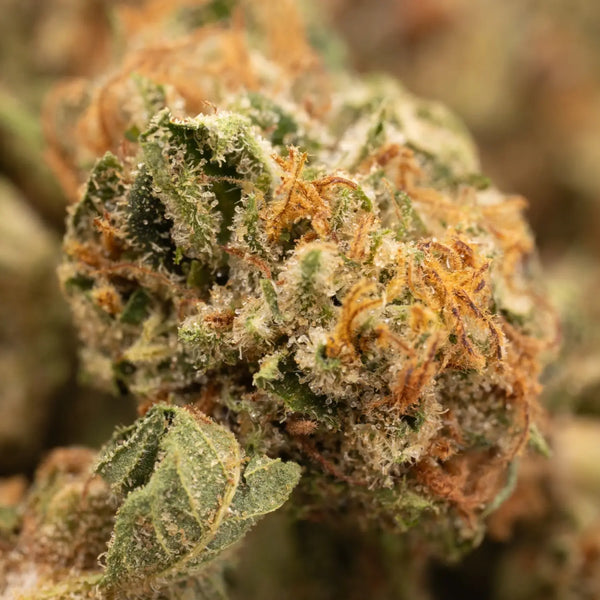
2025 Updates and Trends
The cannabis landscape has evolved dramatically, bringing new solutions to the tolerance challenge.
New Research on Tolerance
2025 has seen breakthrough studies using advanced neuroimaging and molecular biology techniques. Researchers now better understand the genetic factors influencing tolerance susceptibility. Some individuals carry variants in CNR1 (the gene encoding CB1 receptors) that make them more or less prone to tolerance development.
The THCa Products Revolution
Perhaps the biggest development is mainstream awareness of raw THCa tolerance 2025 benefits. Companies now offer sophisticated THCa products specifically designed for tolerance management:
- Raw THCa tinctures for daytime use
- THCa crystalline isolates for precise dosing
- Fresh-frozen cannabis juices preserving THCa content
- THCa-rich strains bred to maintain high acidic cannabinoid levels
These products allow users to continue cannabinoid therapy while giving their CB1 receptors a break from psychoactive stimulation.
Microdosing Movement
Microdosing—consuming sub-perceptual doses of THC—has gained scientific credibility. Studies show that doses as low as 2-3mg THC can provide therapeutic benefits without producing significant intoxication or rapidly building tolerance.
Technology for Tolerance Tracking
Smart vaporizers now track consumption patterns, apps log usage and effects, and wearable devices may soon monitor endocannabinoid system markers. This data helps users identify tolerance development early and optimize their consumption patterns.
Novel Cannabinoids and Tolerance
Beyond THC and THCa, cannabinoids like CBG, CBN, THCV, and Delta-8 THC offer different receptor interactions. Some users cycle through various cannabinoids to prevent tolerance to any single compound, taking advantage of subtle differences in how each interacts with the ECS.
Resetting Your Tolerance: A Complete Guide
Ready to reset? Here's your step-by-step roadmap.
Step 1: Set Your Goals and Timeline
Determine your break length based on tolerance severity:
- Mild tolerance: 7-10 days
- Moderate tolerance: 14-21 days
- Significant tolerance: 28+ days
Medical users might consider partial resets, maintaining minimal medical THCa tolerance protocols while abstaining from psychoactive THC.
Step 2: Prepare for Success
- Clear your schedule of events where you typically consume
- Remove cannabis products from easy access
- Stock up on alternative stress-management tools
- Consider THCa tincture tolerance benefits as bridge therapy
- Tell supportive friends about your plan
Step 3: Navigate the Break
Days 1-3: Expect the most significant adjustment. You might experience:
- Sleep disruption
- Mild irritability
- Increased dreams (REM rebound)
- Appetite changes
- Restlessness
Days 4-7: Adjustment period. Symptoms typically peak then improve. Exercise, meditation, and engagement in absorbing activities help tremendously.
Days 8-21: Normalization. Most users feel substantially better. Sleep normalizes, appetite regulates, and you might notice improved mental clarity.
Beyond Day 21: Maximum tolerance reset achieved for most users. CB1 receptor density has largely returned to baseline.
Step 4: Reintroduction Strategy
Don't waste your reset by immediately returning to previous consumption patterns. Start low and go slow:
- Begin with 25-50% of your previous dose
- Wait several days before increasing
- Establish new, sustainable patterns
- Consider incorporating THCa products tolerance management strategies from the start
Using THCa During Tolerance Breaks
One of 2025's biggest tolerance management innovations is strategic THCa use during breaks. Since non-psychoactive THCa tolerance develops independently from activated THC tolerance, you can maintain certain wellness benefits while resetting your sensitivity to psychoactive effects.
Consider raw THCa capsules, tinctures, or fresh cannabis juice during your break. These provide anti-inflammatory, neuroprotective, and other therapeutic properties without triggering CB1 receptor downregulation associated with psychoactive THC consumption.
Long-Term Strategies for Sustainable Use
True tolerance management isn't about periodic resets—it's about building sustainable consumption patterns.
Establish Sustainable Patterns
- Set clear boundaries for frequency and quantity
- Designate cannabis-free days each week
- Avoid all-day consumption patterns
- Choose lower-potency products for regular use, reserving high-potency options for special occasions
Keep Tolerance Manageable
- Monitor your dosing trends monthly
- Take mini-breaks (48-72 hours) every few weeks
- Rotate strains and consumption methods
- Integrate THCa rich strains tolerance management into your routine
Quality Over Quantity Approach
Shift your mindset from "more is better" to "optimize the experience." Focus on:
- Set and setting for consumption
- Mindful consumption rather than habitual use
- Enhancing experiences rather than numbing feelings
- Appreciation of effects rather than chasing intensity
Community and Accountability
Connect with others managing tolerance. Online communities, local support groups, or accountability partners help maintain healthy patterns. Share strategies, celebrate milestones, and support each other through challenges.
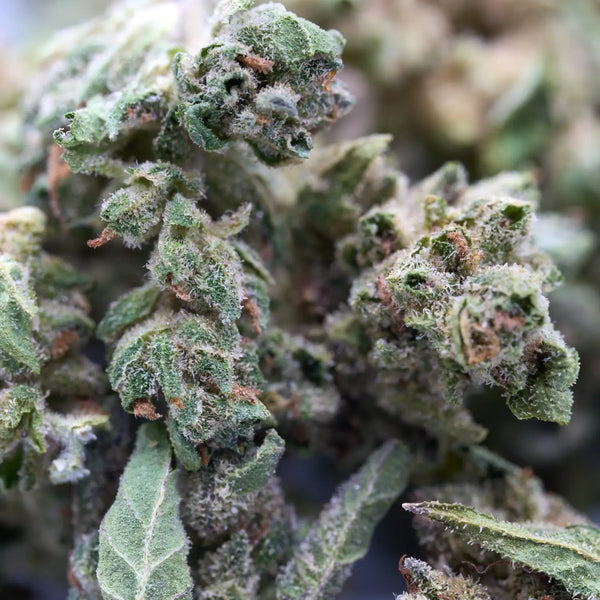
Conclusion
THC tolerance is neither a personal failing nor an insurmountable obstacle. It's a natural, predictable response to repeated cannabis exposure—and more importantly, it's entirely manageable with knowledge and intention.
The key takeaways for 2025:
- Tolerance is reversible: With abstinence or strategic management, you can reset and maintain sensitivity
- THCa offers new possibilities: The distinction between raw THCa tolerance and activated THC tolerance opens innovative management strategies
- Prevention beats intervention: Moderate, mindful use prevents severe tolerance better than periodic resets
- Individual variation matters: Your tolerance patterns may differ from others based on genetics, physiology, and consumption habits
- Multiple tools exist: From tolerance breaks to cannabinoid rotation to THCa integration, you have options
You're empowered with cutting-edge knowledge about tolerance mechanisms, practical management strategies, and innovative 2025 solutions like THCa products tolerance management. Whether you're a medical patient seeking sustainable symptom relief or a recreational user wanting to optimize your experience, you now have a comprehensive roadmap.
Remember: the goal isn't eliminating tolerance entirely—it's creating a sustainable, healthy relationship with cannabis that serves your needs without escalating into problematic patterns. Start with small changes, experiment with what works for your unique situation, and don't hesitate to explore newer options like raw THCa products that didn't exist even a few years ago.
Ready to take control of your tolerance? Explore premium THCa products designed for tolerance management and start your journey toward sustainable cannabis use today.
Frequently Asked Questions
How long does THC stay in your system?
THC metabolism varies significantly by individual, but general timelines are:
- Blood: 1-2 days for occasional users, up to 7 days for heavy users
- Urine: 3-7 days for occasional use, 30+ days for chronic heavy use
- Hair: Up to 90 days
Detection windows don't correlate directly with impairment or tolerance—you can test positive long after effects have ceased and tolerance has reset.
Can you prevent tolerance completely?
Not entirely, but you can minimize it significantly. Consuming no more than 2-3 times weekly, using lower-potency products, incorporating THCa consumption tolerance strategies, and taking regular 48-hour breaks can keep tolerance manageable indefinitely. Complete prevention would require such infrequent use that tolerance wouldn't be a concern.
Does CBD cause tolerance?
CBD tolerance appears to develop much more slowly and less problematically than THC tolerance. CBD doesn't bind strongly to CB1 receptors, so it doesn't trigger the same downregulation mechanisms. Some research suggests CBD may even help modulate or slow THC tolerance development, though more studies are needed.
Are edibles worse for tolerance?
Edibles may contribute to tolerance somewhat faster for several reasons. They produce higher blood THC levels, longer duration of receptor exposure, and convert partly to 11-hydroxy-THC (a more potent metabolite). However, the primary driver of tolerance is frequency and total THC exposure rather than consumption method. Strategic use of THCa crystalline tolerance management techniques applies regardless of how you typically consume activated THC.
Can tolerance become permanent?
No. All evidence indicates tolerance is fully reversible with sufficient abstinence. Most users experience substantial recovery within 2-4 weeks, though some heavy long-term users may require 6-8 weeks for complete reset. There's no evidence of permanent receptor changes that prevent tolerance reversal. If you've taken an extended break and still feel effects are diminished, factors other than tolerance (like product potency variations, altered expectations, or unrelated health changes) may be at play.

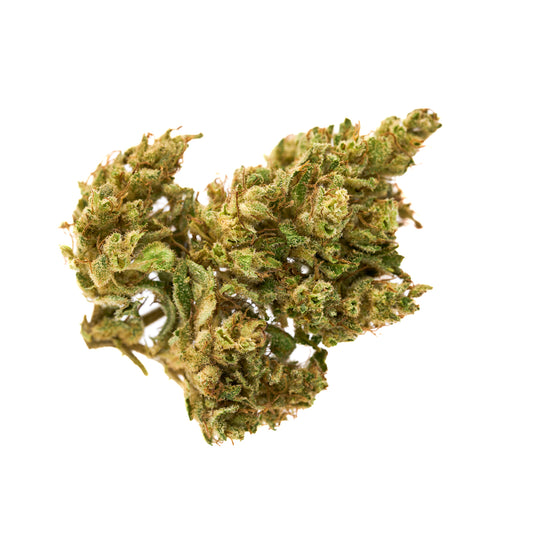
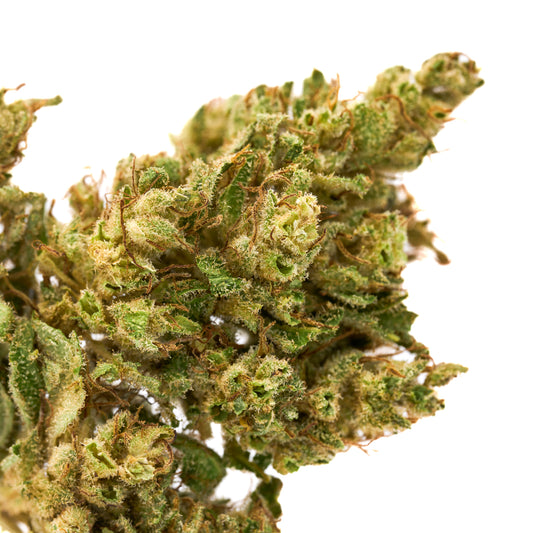
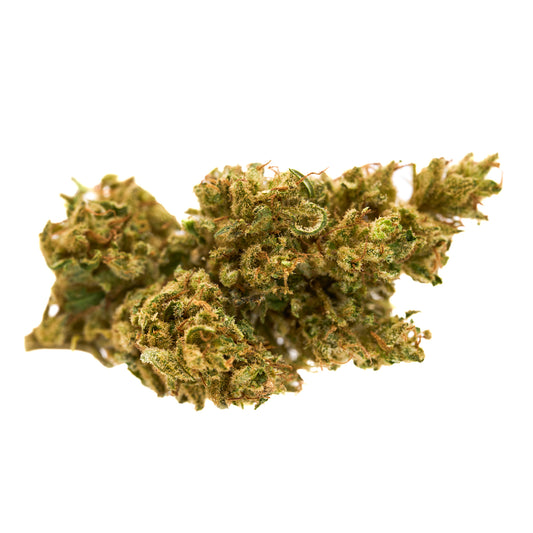
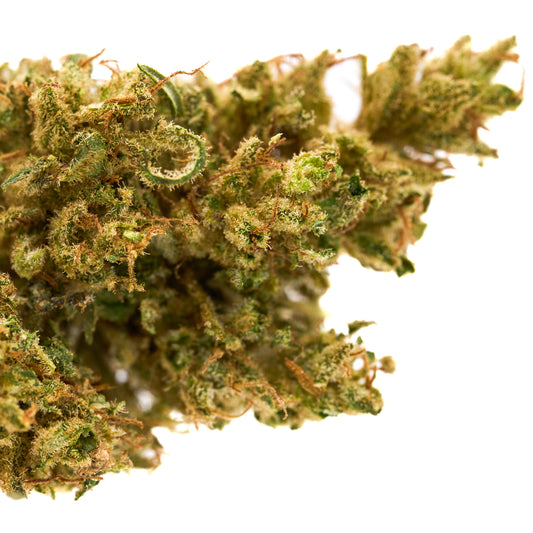
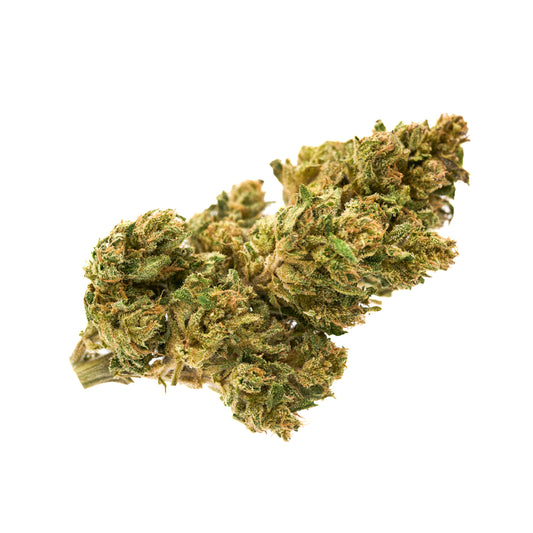
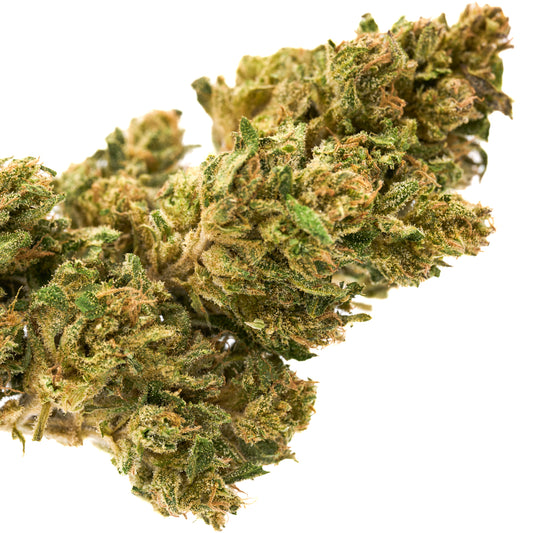



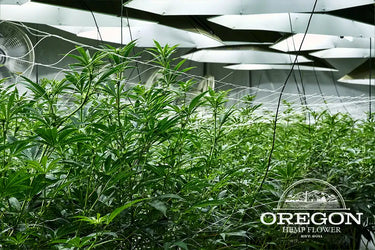

Leave a comment
Please note, comments need to be approved before they are published.